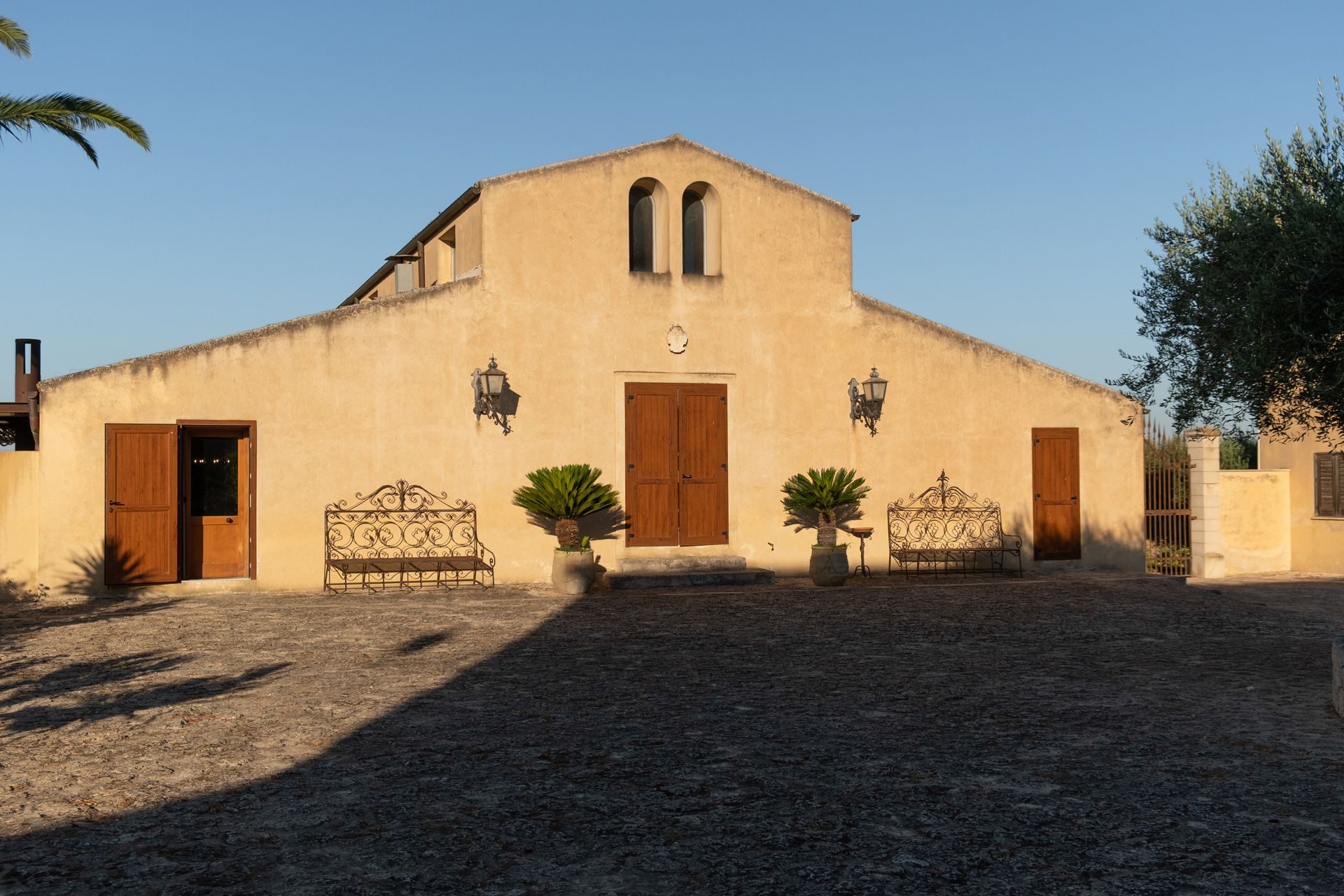The history of Principi di Butera and the Principality of Deliella is profoundly bound up with the noble, millenary history of Sicily - ancient 'Trinacria' - which, due to its geographical position, was a crossroads for all the civilizations in the Mediterranean.
The name Butera appears to derive from King Bute, the first of the Sicilian kings who, in ancient times, along with the Sicans and the Greek colonists, inhabited this exceptional strategic territory of central-southern Sicily, bordering three civilizations.
The year 854 marked the start of the Saracen invasion, which was followed by the expulsion of 1089, at the hands of the Norman nobleman and first Count of Sicily, Roger of Hauteville (Roger I of Sicily).
“He was a youth of the greatest beauty, of lofty stature, of graceful shape, most eloquent in speech and cool in counsel. He was far-seeing in arranging all his actions, pleasant and merry all with men; strong and brave, and furious in battle. And by virtue of these merits, he soon gained the favor of all” (Goffredo Malaterra - Benedictine monk of Norman origin, author of De rebus gestis Rogerii Calabriae et Siciliae comitis et Roberti Guiscardi ducis fratris eius, a chronicle on the origin of the Normans in Italy.)
Belonging to the Lancia dynasty in the Swabian era, the County passed into the hands of the Alagona in the era of the House of Aragon, although it was confiscated from them in 1390 – due to the rebellion of Count Manfredi Alagona – by King Martin I of Sicily, who assigned it to the Catalan Prince of Santapau, Ugo de Ademar.
Re-established as baronial land, it contained 19 fiefdoms (Carrubba, Castelluccio, Delera, Deliella, Faccilestri, Faino, Ineri, Lifano, Magaluffa, Milione, Marchetta, Pernice nera, Pozzo Soprano, Pozzo Sottano, San Giacomo, San Niccolò, Turco, Turcotto and Vergini), and under the lordship of Ambrogio Santapau Branciforte, Marquis of Licodia, it was elevated to a principality by concession received from King Philip II of Spain on April 11th, 1563, carried out on April 4th, 1564. Having thus become the Prince of Butera, Santapau was the first feudal lord in Sicily to be invested with a princely title. Francesco Santapau Branciforte, II Prince of Butera, and brother of Ambrogio, married Imara Benavides Carafa of the Marquises of Zajalquinto but as the marriage produced no heirs, in 1580 Santapau gave up his entitlement in favor of his great-nephew Fabrizio Branciforte Barresi who was invested with authority by the State on December 8th, 1591.
The Bracinforte dynasty was among the most important in Sicilian history: it is estimated that at the start of the eighteenth century, their assets and estates reached an amount corresponding to about 10 percent of the income of the entire island.
The Branciforte family possessed the Principality of Butera until the abolition of feudalism in the Kingdom of Sicily in 1812, following the promulgation of the Sicilian Constitution granted by King Ferdinand III of Bourbon.
The last prince-feudal lord was Ercole Michele Branciforte Pignatelli, who occupied the first of the 124 hereditary seats in the Chamber of Peers of the Kingdom of Sicily as Prince of Butera in 1812-16. On the death of Ercole Michele, XII prince of Butera, this branch of the Branciforte family became extinct: having left no male heirs, he transmitted the title to his eldest daughter Caterina Branciforte Reggio (1768-1816). She married Niccolò Placido Branciforte Lanza of the princes of Leonforte, with whom she had only one daughter, Stefania (1788-1843). In 1805 Stefania married Giuseppe Lanza Branciforte, VIII prince of Trabia, and as a result of this union all the titles and assets of the Branciforte family passed to the Lanza dynasty, one of the Sicilian aristocracy’s major dynasties.
Giuseppe Lanza Branciforte, VIII Prince of Trabia (1780-1855), was a peer of the Kingdom of Sicily (1812 and 1848) and Minister of Ecclesiastical Affairs of the Kingdom of the Two Sicilies (1841-48). He married Stefania Branciforte e Branciforte dei Principi di Butera e Scordia, the last descendant of his family, and via this union, which gave him six children, all the titles and assets of the Branciforte family were passed down as a dowry to the Princes of Trabia, whose members since then have taken the double-barreled surname Lanza Branciforte.
The eldest son Pietro Lanza Branciforte, IX Prince of Trabia (1807-1855), was praetor of Palermo (1835, 1837 and 1848) and Minister of Public Works and then of Foreign Affairs of the provisional government of Sicily (1848-49). He married the Neapolitan noblewoman Eleonora Spinelli Caracciolo, princess of Scalea and duchess of Misuraca, last descendant of his family, who, as a dowry, brought him all the titles and assets to which he was heir. He fathered six children, including Francesco (1834-1919) who gave rise to the cadet branch of the Princes of Scalea, and Stefania (1842-1925), who was a lady of the court during the reign of Queen Margherita.





